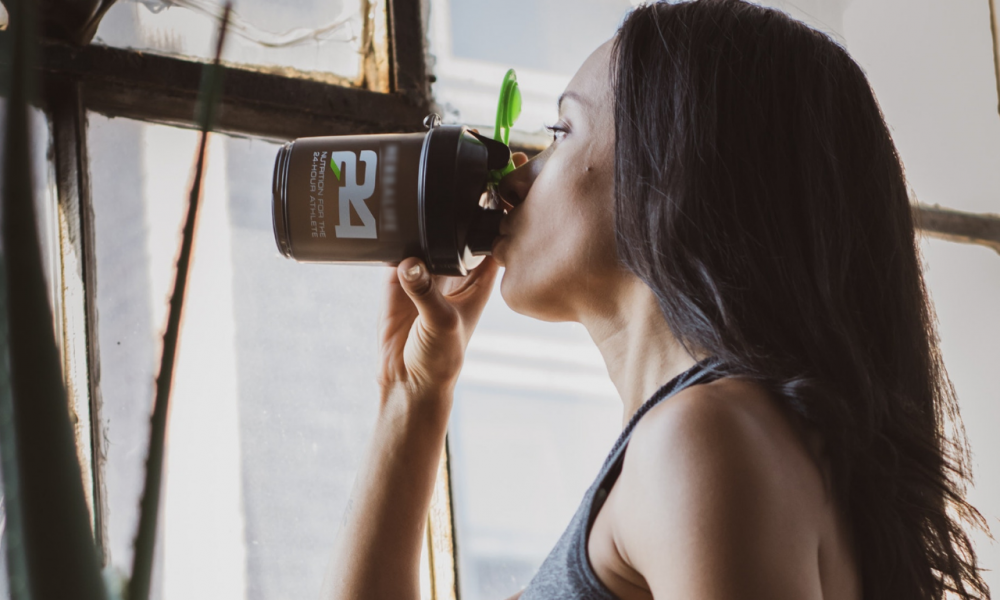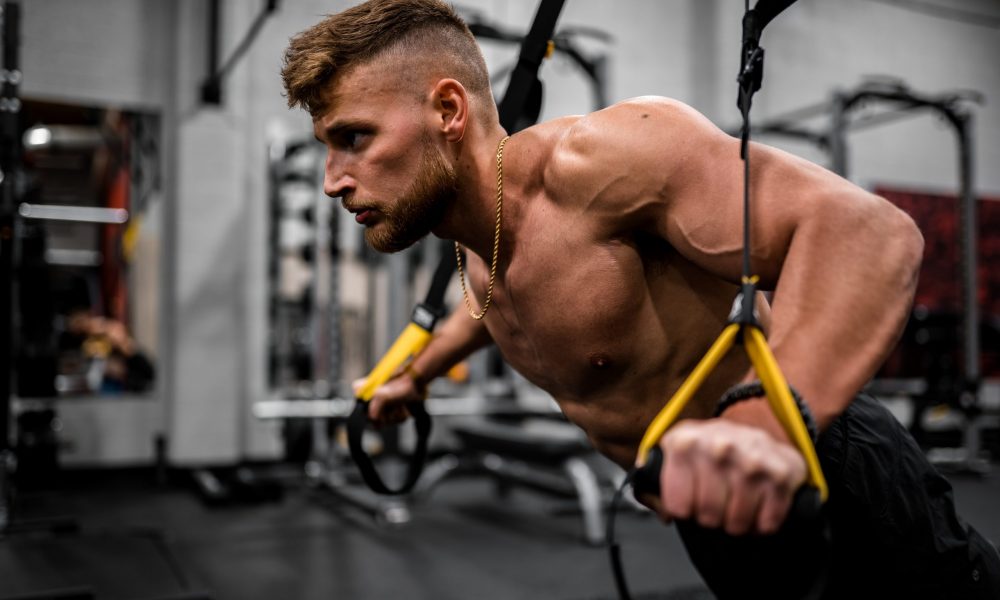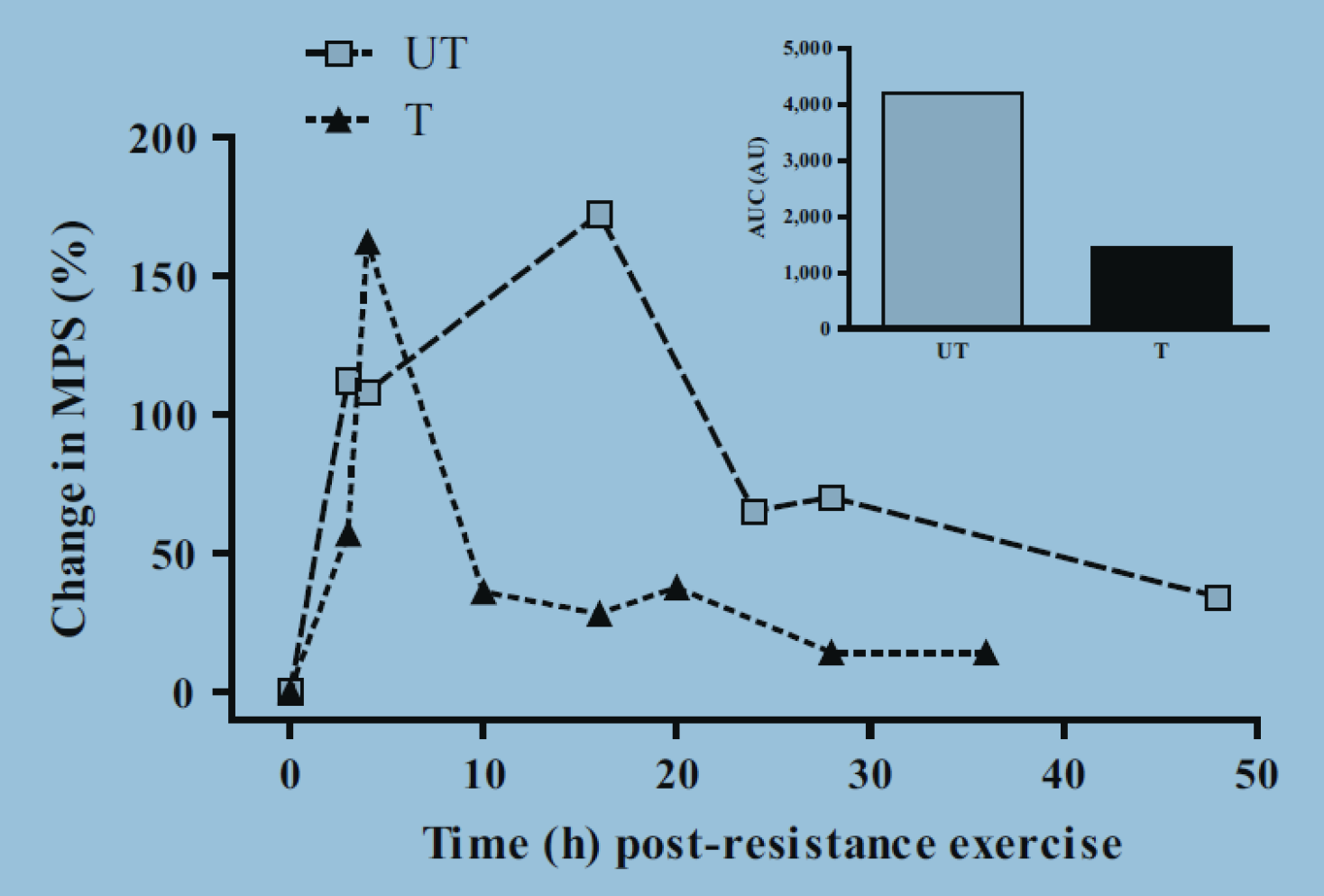So once you’ve completed a workout, you’ve essentially entered your anabolic window. How long this window lasts and the nuances of the peaks have already been discussed.
Because of the muscle full effect, you can only build so much muscle from an individual meal, so once your anabolic window starts, it generally makes sense to get 2 meals with some adequate time between meals before the window ends (34).
For full optimization, these 2 meals should be bigger than your meals outside of this window. For advanced lifters, it’s quite crucial that their first meal in the anabolic window be the most anabolic meal of the day due to their short lived anabolic window peak.
So this first anabolic meal should be the highest in calories and protein. At least 20-40 grams of protein for this post workout meal is the bare minimum to aim for depending on your size (30,31). The digestion speed of the protein choice matters less than simply getting enough protein, so whey, casein, or whole animal carcasses are all suitable post workout options (29).
This first anabolic meal should touch your mouth within 1-2 hours after your workout. If you’re highly trained, waiting longer post workout to finally cook protein is suboptimal.
The next meal within the anabolic window should come before the window starts to close, so for trained lifters, ideally within 12-16 hours of your workout to be safe.
This is why the idea of bulk and cut days isn’t wrong, but they’re not entirely right either. Don’t think in terms of days, think in terms of windows literally.
Assuming you’re an advanced lifter, if you train in the evening, your bulk day actually starts that night and ends the following afternoon. This means your dinner post workout should be your most anabolic meal and the breakfast during the following day can still be an anabolic meal that contributes significantly to muscle growth (32,33).
So anytime someone says the anabolic window isn’t real or relevant, send them over to this article either in a respectful or petty manner. I don’t really care; I simply want more people to be properly educated on the nuances of this topic.







